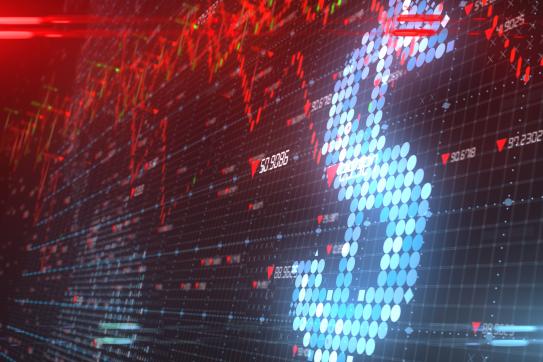In “The Corporate Supply of (Quasi) Safe Assets,” Columbia Business School PhD candidate Lira Mota examines the rise of corporate debt issuance and how it affects investors and issuing corporations alike. The study underscores the increasingly important role of corporate debt as a seemingly safe asset. This paper received a 2020 Chazen Institute Doctoral Grant.
A Premium for Safety
Safe assets have traditionally been defined as a set of liabilities issued by governments of developed countries. They carry little risk, store value, and can be used as collateral or to meet mandatory capital and liquidity requirements. Investors value these safety services in financial assets.
A new model developed by researcher Lira Mota shows that investors also value highly-rated corporate bonds because they supply many of the same properties as more traditional safe assets, such as US Treasuries. It argues that safety is not a binary characteristic of an asset, and that different assets can provide different amounts of safety services.
The model compares the risk levels of different bonds and predicts variations in the safety premium (the yields investors are willing to forgo to receive safety services) of corporate bonds across the market. This is the first paper to measure the safety premium in corporate bonds and explain the consequences for corporate debt issuance.
The Feedback Loop
Using a panel of US corporate debt data, the researcher shows that investors are willing to buy corporate debt liability if it is highly-rated and that they are willing to pay a safety premium when that debt is in short supply. In turn, companies will likely issue more debt to take advantage of the safety premium on their debt. Instead of reinvesting proceeds into normal business operations, companies direct the revenue to shareholders. This feedback loop explains why, even in a global crisis, non-financial investment-grade companies are significantly increasing their debt issuance while the overall investment climate remains weak.
Monetary policy decisions by the US Federal Reserve and the European Central Bank to directly purchase corporate bonds may further exacerbate the demand for safe assets. The research questions whether these decisions actually stabilize or stimulate the economy and if corporate bonds have become systemically important.
Key Takeaways
- The price of investment-grade corporate bonds is increasingly affected by the demand for safe assets.
- Highly-rated corporate bonds, which are priced at a premium when in short supply, are attractive to investors because they offer many of the same safety properties as US Treasuries.
- Corporations are using debt to create shareholder value, not reinvest in business operations.
- Central banks’ purchasing of corporate bonds fuels the demand for safe assets and raises concerns about market sustainability.
